Houseplants are a great way to brighten up your space. However, finding room for flowerpots and foliage can be a struggle in cozy quarters. So, why not grow them vertically?
Hanging plants add a touch of green without encroaching on precious floor space. Indoor hanging plants also make for stunning decor. They cascade and trail down from their containers beautifully and can soften harsh corners, balance stark walls, and break the monotony of a room. You can also choose different types of plants, sizes, and unique pots to reflect your personal style.
Below, we give you a guide to the best hanging planters, along with how to care for them. These are some of the most hardy and easy-to-grow options, so there’s no excuse for you to put up fake hanging plants!
Image source: plantssparkjoy
- The Best Indoor Hanging Plants
- Heart-Leaf Philodendron (Philodendron hederaceum)
- Begonia
- Bird’s Nest Fern (Asplenium nidus)
- Spider Plant (Chlorophytum comosum)
- Pothos (Epipremnum aureum)
- String of Pearls (Senecio rowleyanus)
- Boston Fern (Nephrolepis exaltata)
- English Ivy (Hedera helix)
- Staghorn Fern (Platycerium)
- Orchids (Orchidaceae)
- Air Plants (Tillandsia spp.)
- String of Hearts (Ceropegia woodii)
- Prayer Plant (Maranta leuconeura)
- Arrowhead Vine (Syngonium podophyllum)
- Maidenhair Fern (Adiantum raddianum)
- Swiss Cheese Plant (Monstera adansonii)
- Baby’s Tears Plant (Pilea depressa)
- Caring for Hanging Plants
- How to Hang Plants Properly and Safely
- FAQs
The Best Indoor Hanging Plants
We’ve selected some hanging plants that not only survive but thrive indoors. They need very little light and water, so even if you are green to gardening, you’ll be able to take care of them effortlessly.
Here are our top 16 recommendations:
Heart-Leaf Philodendron (Philodendron hederaceum)
Image source: amandaandtheplants
Best Plant for Beginners
You can easily recognize a philodendron with its heart-shaped leaves. They are adaptable, low-maintenance indoor plants that can thrive in moderate light. These indoor hanging plants require sporadic watering, which makes them a good choice for novice gardeners. They produce trailing vines that elegantly spill over hanging baskets.
Pros
• Philodendrons are excellent air purifiers.
• They require minimal care to thrive.
• They have numerous varieties.
Cons
• Some species of philodendron contain oxalates, which can be toxic if ingested.
• Their trailing veins need to be trimmed frequently. Otherwise, they can become too large for small containers.
Begonia
Image source: ladydifloralgarden
Best Plant for Colorful Blooms
Begonia produces vibrant foliage, which makes the plant look attractive even when not in bloom. Their asymmetrical leaves come in different colors depending on the variety. Begonia’s uniquely patterned leaves spill gracefully over the edges, creating a stunning display as hanging planters.
The most popular variety is the cane begonia, which has silvery green leaves. And when it comes to flowering begonias, there are more than 1800 species available with many hybrids and cultivars. Flower colors vary from pink to red and orange.
Pros
• They can adapt to various light conditions, from bright, indirect light to partial shade.
• They have a compact growth habit, making them suitable for tiny hanging baskets.
Cons
• Toxic to pets.
• Some varieties need high humidity levels.
• They are tropical plants and may not tolerate cold temperatures well.
Bird’s Nest Fern (Asplenium nidus)
Image source: takes_only_10sp
Best Tropical Plant
The Bird’s Nest Fern has unique fronds, which unfurl gracefully from the center, creating a distinctive nest-like appearance. It’s well-suited for indoor environments as it can adapt as a low-light plant.
These plants prefer a humid environment. So, make sure to keep their soil moist and regularly mist their leaves.
Pros
• These plants look eye-catching with their broad, glossy, and wavy leaves.
• Bird’s Nest Fern improves indoor air quality by filtering out pollutants.
Cons
• They are slow growers.
• These plants are not beginner-friendly as they require regular care.
• Inconsistent watering may lead to brown tips.
Spider Plant (Chlorophytum comosum)
Image source: Mathias Reding
Best Aesthetic Plant
The spider plant’s cascading leaves resemble spider legs, hence the name. It’s one of the most aesthetical hanging basket plants. It has a hardy nature and can adapt to different light conditions.
Spider plants are also quite functional as they combat indoor pollutants. The spider plant has a prolific growth and produces offshoots that can be easily propagated. So, from one plant, you can make several outdoor hanging plants and expand your vertical garden.
Pros
• It’s easy to propagate.
• It can tolerate occasional neglect, making it suitable for beginners or those with busy schedules.
Cons
• It is sensitive to overwatering.
• It doesn’t do well in cold temperatures.
Pothos (Epipremnum aureum)
Image source: ssawers
Fastest Growing Plant
Pothos has several varieties that can live for many years with the most basic care. They are super adaptable to different light and moisture conditions and can grow rapidly, even indoors. They can add anywhere from 10 to 12 inches in length each month.
Pothos has heart-shaped leaves, often variegated in shades of green and yellow, making them visually appealing to any indoor space.
Pros
• They are forgiving houseplants and can tolerate a little bit of neglect every now and then.
• Propagation is a breeze with Pothos.
Cons
• These plants are toxic to pets and children.
• You’ll regularly need to trim the fast-growing vines.
String of Pearls (Senecio rowleyanus)
Image source: amandaandtheplants
Best Hanging Succulent
The string of pearls produces cascading strings of bead-like foliage and small white flowers with a unique cinnamon-like fragrance. This charming plant is native to South Africa. As the name suggests, the string of pearls has trailing vines with small, spherical leaves that closely resemble pearls. These leaves store water, enabling the plant to withstand periods of drought. You shouldn’t water the string of pearls frequently, as it is a succulent.
They grow best in direct sunlight. So, they won’t work well indoors. But you can grow them as hanging plants for the balcony.
Pros
• Drought-resistant.
• With the right care, these plants can survive up to five years.
Cons
• Toxic to pets and humans.
• You’ll need a special potting soil suitable for succulents.
Boston Fern (Nephrolepis exaltata)
Image source: rosstafa1
Best Decorative Plant
If you’re looking to redecorate your room, consider adding the Boston fern plant. Its feathery fronds look gorgeous in their overgrown abundance — a reason why you’ll often spot this graceful hanging plant in cafes.
Boston fern, also known as the sword fern (not to be confused with the Asparagus fern), is a common houseplant in North America and is quite easy to care for. It doesn’t require much sunlight. However, you’ll need to water it frequently to maintain moist soil.
Pros
• A mature plant can grow up to 2–3 feet.
• Safe for pets.
Cons
• It sheds leaves during the winter and has a dramatic decline in appearance.
• You need to keep the soil moist at all times.
English Ivy (Hedera helix)
Image source: allmygreenplants
Best Evergreen Vine
English ivy (Hedera helix) is an evergreen vine that grows rapidly both indoors and outdoors. It has distinctive lobed leaves and trailing growth habit. It can climb up walls, trail down hanging plant pots, or form a dense ground cover.
Pros
• It produces brilliant green leaves that look visually stunning.
• It’s believed to help you sleep better.
Cons
• It is an invasive species that can spread aggressively.
• While it requires little attention if grown outdoors, it needs regular care as a hanging plant.
Staghorn Fern (Platycerium)
Image source: shirokuma_plants
Best Plant for Seasoned Gardners
A staghorn fern’s looks will remind you of deer antlers, hence the unusual name. They are epiphytic plants, which means they grow on other plants or trees.
You won’t often see them as indoor plants, as they are considered difficult to grow. They also grow slowly and need a lot of attention. But if you are a seasoned gardener looking to add a unique plant to your collection, this might be for you. Mature indoor staghorns can reach up to 3 feet in length.
To care for your staghorn, you’ll need to mimic its natural, sub-tropical climate. Give it indirect sunlight and lots of moisture to keep it happy.
Pros
• They look gorgeous because of their unusual appearance.
• Staghorn ferns can live for decades with the right care.
• They can be easily propagated by the division method.
• They can grow without soil.
Cons
• Since they are epiphytic, they need to be grown on boards or bark slabs.
• This is not a beginner-friendly plant.
Orchids (Orchidaceae)
Image source: sykesflorist
Best Exotic Plant
There are around two dozen orchid varieties that can be grown as houseplants, each more exotic than the other. Orchids are demanding plants, so they’re not for novice gardeners.
First of all, they need plenty of light. You’ll need to hang them in a location that receives diffused natural light, preferably near a window. Make sure to avoid a west-facing window, as the afternoon sun may scorch your plant. Feed your orchids with fertilizer regularly during their blooming season (this can vary depending on the variety).
Pros
• These colorful blooms will instantly elevate your decor.
Cons
• Orchids are perennials. Most varieties bloom only once or twice a year. So, you will not be able to enjoy the blooms every day.
• They are delicate plants that need a lot of TLC.
• These plants are expensive.
Air Plants (Tillandsia spp.)
Image source: Jeff Sheldon
Best Plants for Terrariums
Air plants are nature’s floating wonders! They are also epiphytes, like the staghorn fern. They don’t need soil to thrive indoors. Air plants can attach their roots to different surfaces, such as rocks, trees, or even artificial objects, and absorb water and nutrients from the air through their leaves.
They look gorgeous in hanging terrariums. These enclosures create a controlled microclimate with elevated humidity levels, which helps the plant thrive. You can decorate your air plant terrarium with pebbles, moss, or small figurines to create a stunning display.
These are some of the plants that don’t need sunlight. They, however, need a warm climate, so make sure to give them indirect sunlight. To water the air plants, you’ll need to take them out of the terrarium and soak them in a bowl of distilled water for 20 to 40 minutes once a fortnight. In addition, you should mist them regularly.
Pros
• They can be grown without soil.
• You need to water them only once every 1 or 2 weeks.
Cons
• They bloom only once in their lifetime.
• They are delicate and prone to damage. For this reason, some people prefer artificial hanging plants instead of real air plants.
String of Hearts (Ceropegia woodii)
Image source: melaniesplants
Best Plant for Warm Climate
The string of hearts, also known as the chain of hearts or rosary vine, is a charming trailing plant. It has small, heart-shaped leaves that look beautiful, cascading from a hanging basket. There are many varieties with leaf colors ranging from deep green to shades of purple.
Caring for the string of hearts is relatively straightforward, making it an ideal choice for both beginners and seasoned plant lovers. It prefers bright, indirect light but can tolerate low-light conditions. When it comes to watering, they can survive in drought-like conditions, like many other succulents.
Pros
• They produce beautiful trailing vines, making them an excellent choice for hanging baskets.
• They are low-maintenance plants.
Cons
• They can die if over-watered, so make sure to choose a soil mix with excellent drainage.
Prayer Plant (Maranta leuconeura)
Image source: Jibanyan99
Best Compact Plant
The prayer plant gets its name from its nightly routine of folding its leaves upward, resembling hands in prayer. It thrives in indirect light, making it a good choice for indoor hanging plants. It’s a tropical plant, so it needs regular watering and a humid environment.
The prayer plant’s leaves are a barometer for its well-being; when they droop, it means the plant needs more water.
Pros
• It maintains a compact size and is ideal for small hanging plant pots.
• It has an interactive growth. You can observe and enjoy the rhythmic opening and closing of the prayer plant’s leaves.
Cons
• It is not a cascading plant.
Arrowhead Vine (Syngonium podophyllum)
Image source: jardimda_le
Most Adaptable Plant
Arrowhead vine is a versatile and low-maintenance houseplant with distinct arrow-shaped leaves. It can adapt to different light conditions and can tolerate anything from bright, indirect light to lower light levels. It’s a resilient plant that can be hung anywhere in the home. However, for optimal growth, aim for a spot with filtered sunlight.
Like many low-maintenance houseplants, overwatering arrowhead vines is a bigger threat than underwatering.
Pros
• Adaptable to different light conditions.
• Produces beautiful foliage in shades of light green and pink.
Cons
• Mildly toxic to humans and pets.
Maidenhair Fern (Adiantum raddianum)
Image source: plant_haven
Most Elegant-looking Plant
The maidenhair fern is a delicate plant that needs a lot of care. It has pretty, fan-shaped leaves that will bring a touch of elegance to your indoor greenery.
Its genus name, Adiantum, is derived from the Greek word adiantos, which means “unwetted.” That’s because its leaves repel water.
Maiden fern prefers indirect light, so make sure to keep it in a well-lit room. Direct sunlight can scorch its delicate foliage, so finding the right balance is critical. As a hanging plant, it thrives in locations with filtered light, such as east or north-facing windows. It is sensitive to changes in humidity and temperature.
Pros
• It has soft and feathery fronds that look really elegant.
Cons
• Its leaves are fragile and can easily be damaged due to excessive handling.
• It’s a high-maintenance plant.
Swiss Cheese Plant (Monstera adansonii)
Image source: plantasnstuff
The Most Unique Leaves
As the name suggests, the Swiss cheese plant has leaf holes. This unique-looking plant will be a prized addition to your green space. It produces lush, trailing vines filled with perforated leaves.
It’s quite easy to maintain. This plant thrives in bright, indirect light. When it comes to watering, keep it low. Allow the top inch of soil to dry out between waterings.
Pros
• It’s a low-maintenance plant.
• It will be a statement piece in your hanging plant collection.
Cons
• You’ll need to find the optimal water requirements for your plant. Over or underwatering will cause the leaves to droop, curl, and wrinkle.
Baby’s Tears Plant (Pilea depressa)
Image source: _natsmcgats_
Best Miniature Plant
Pilea depressa, commonly known as the baby’s tears or friendship plant, is a tiny hanging plant that cascades beautifully. It has small, round leaves densely covering the trailing stems. It is not a succulent, even though it has plump leaves. It needs more water than succulents do, preferably twice a week, depending on the plant’s size.
Pros
• Shows dense growth.
Cons
• Needs to be pruned frequently, as it grows rapidly.
Caring for Hanging Plants
Here’s how you can keep your hanging plants healthy:
Light, Watering, and Maintaining Humidity
Most houseplants can thrive in low-light conditions. But you will need to understand each plant’s light preferences. Some thrive in bright, indirect light and will work well as outdoor hanging plants, while other plants can only tolerate low indoor light. Select your plants based on how much indirect, natural light you receive in your home.
Most hanging plants prefer consistently moist soil, avoiding waterlogging. Always allow the top inch of soil to dry out before watering again. Also, invest in well-draining containers to prevent waterlogging.
If you have a tropical plant, you will need to give it a humid climate. You can easily do this by using a humidifier or misting them regularly.
Pro tip: Adjust your care routine based on seasonal changes. Plants usually require less water and fertilizer during winter. However, they may need more sunlight at this time. Hence, consider swapping their location to the balcony from time to time.
Pruning and Maintenance
Trailing vines can start looking overcrowded as the plant grows. So, regular pruning is essential. It will help maintain the shape and size of your plants. Start by removing yellow or damaged leaves and cut away the long, straggly stems. Pinch back the tips to encourage branching and promote a fuller, bushier appearance. You should also inspect regularly for any signs of pests or diseases.
When it comes to maintaining these plants, use a fertilizer sparingly. Most indoor plants are hardy and don’t require much fertilization.
Image source: Kevin Lessy
How to Hang Plants Properly and Safely
You will need appropriate hooks and brackets that can support the weight of your plant. If you plan to hang multiple plants, then make sure to distribute them across multiple brackets. This not only improves the visual balance but also prevents excessive stress on a single attachment point.
Before you hang the plant, give the hook or bracket a gentle tug to see if it’s securely anchored. This simple check can prevent accidents and plant damage.
Choosing the right container is also very important. Opt for hanging plant pots with proper drainage to avoid water accumulation. Securely attach the pots to make sure they don’t sway, especially in windy conditions.
Pro tip: Rotate your hanging plant periodically so it receives light from all sides equally. This way, it will have an even growth.
Image source: OC Gonzalez
FAQs
How to Keep Birds Out of Hanging Plants?
If you have hanging plants on the balcony, they may attract birds. Hang a reflective item to deter them. This can be anything from CDs to reflective tape. Even objects such as plastic owls, rubber snakes, or balloons can scare away the birds. Additionally, you can cover your hanging plants with light netting or a mesh.
How to Water Hanging Plants?
Check the moisture level in the soil before watering. Since these plants are elevated, it may not be ideal to pull them down every time they need to be watered. So, to inspect the moisture level, insert your finger into the soil. If it feels dry, it’s time to water.
Use a watering can with a tall stem to reach the plant and water only at the base. Water your plants first thing in the morning to make sure the excess moisture has time to evaporate.
Which Hanging Plant Does Not Need a Lot of Light?
Pothos, Peace Lily, and spider plants are just a few options for hanging plants that don’t need a lot of light. If you are interested in more, see our list of low-light plants that are easy to care for!
2Kviews
Share on FacebookIronically, the quickest way to get your spider plant to make babies is to let it get root bound in its pot. It wants to spread out so it sends out its feelers! 😁
The spider plants have taken over my apartment completely
Spider Plant (Chlorophytum comosum). Pros: Non-toxic for cats! https://www.aspca.org/pet-care/animal-poison-control/toxic-and-non-toxic-plants/spider-plant
Ironically, the quickest way to get your spider plant to make babies is to let it get root bound in its pot. It wants to spread out so it sends out its feelers! 😁
The spider plants have taken over my apartment completely
Spider Plant (Chlorophytum comosum). Pros: Non-toxic for cats! https://www.aspca.org/pet-care/animal-poison-control/toxic-and-non-toxic-plants/spider-plant
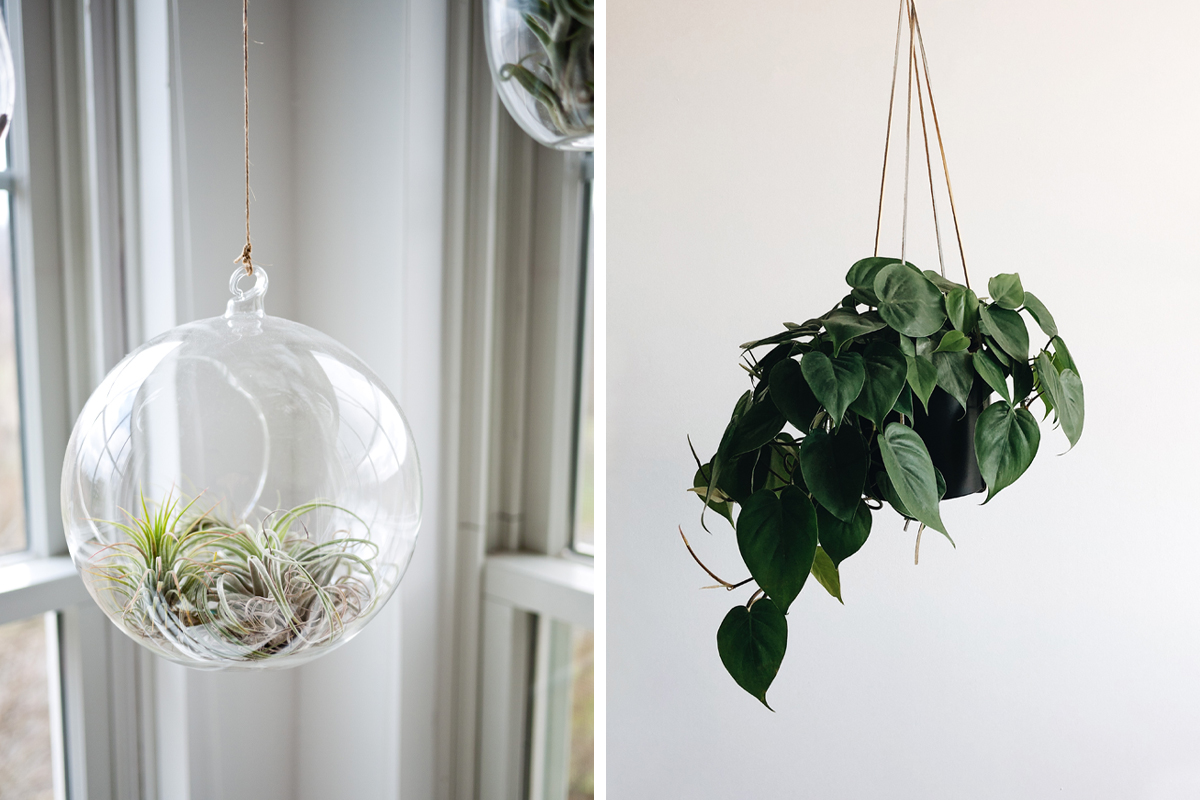
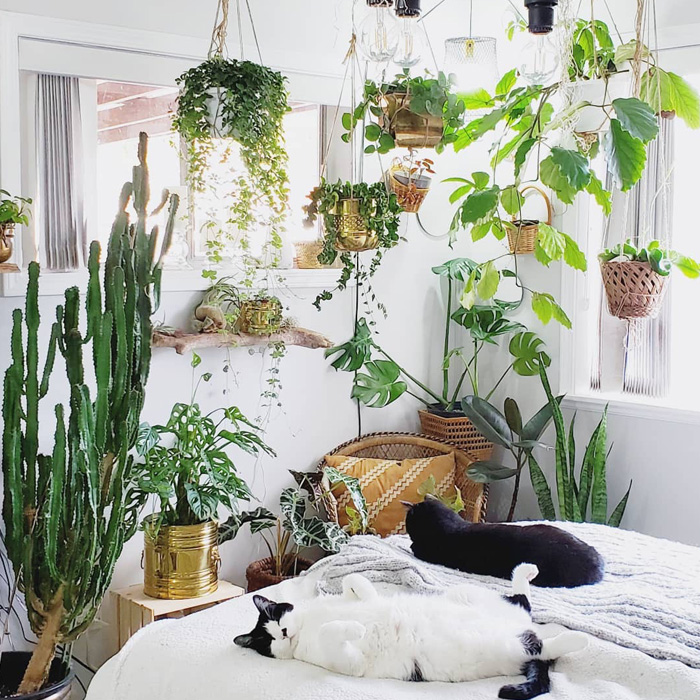
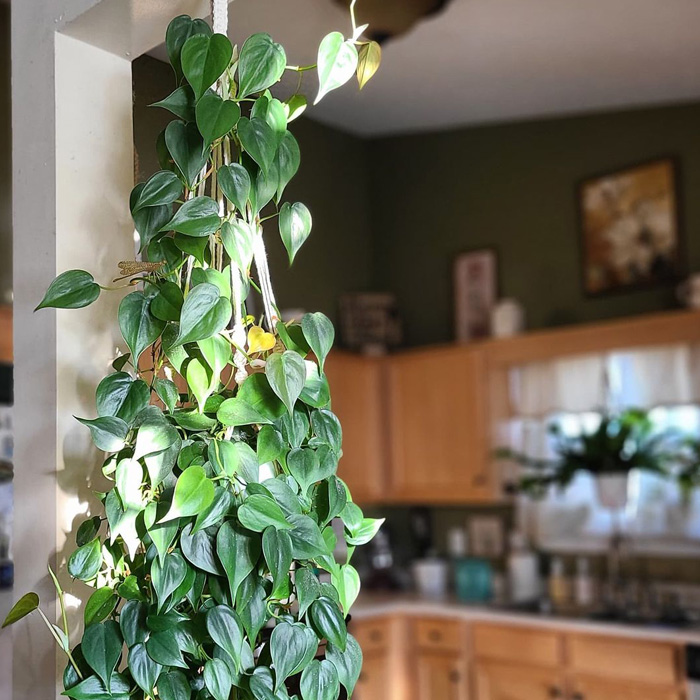
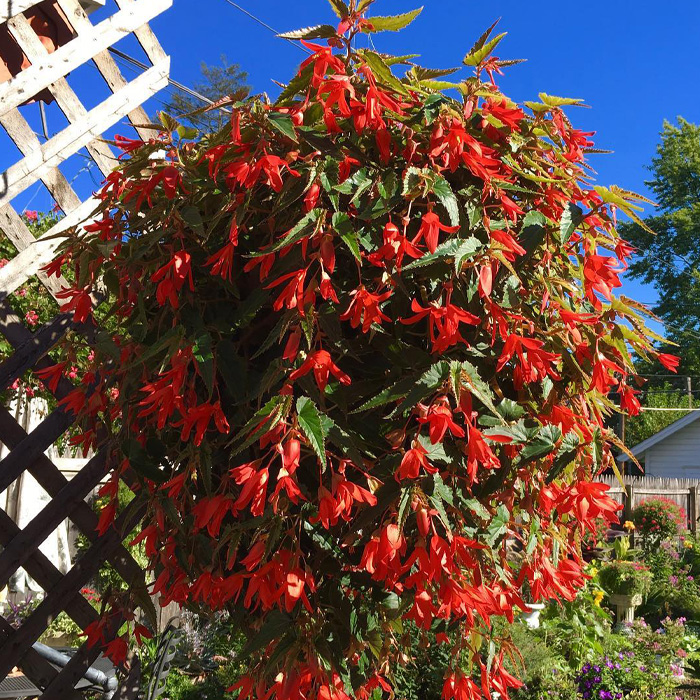
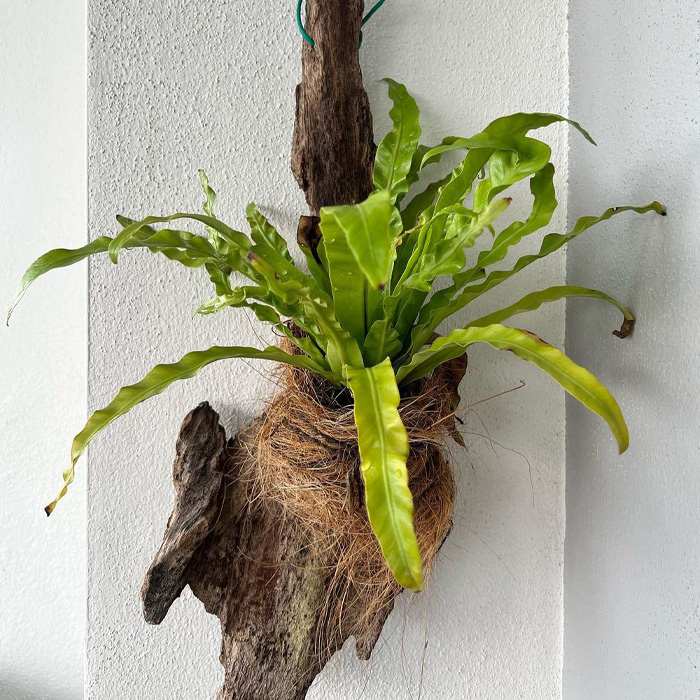
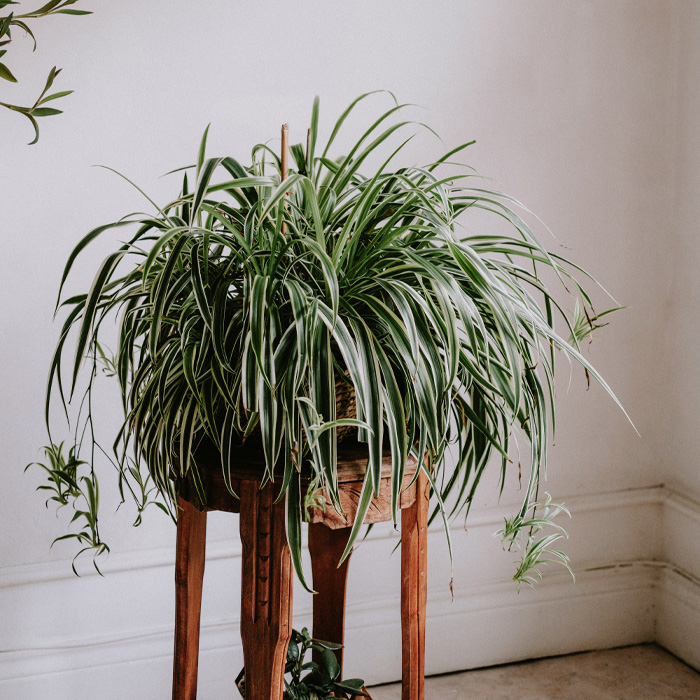
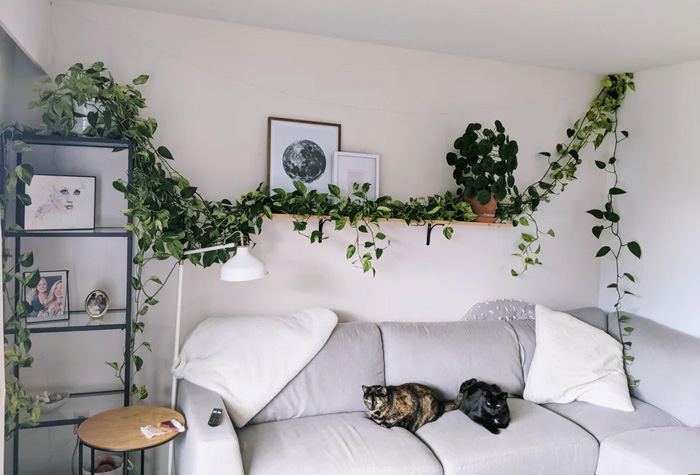
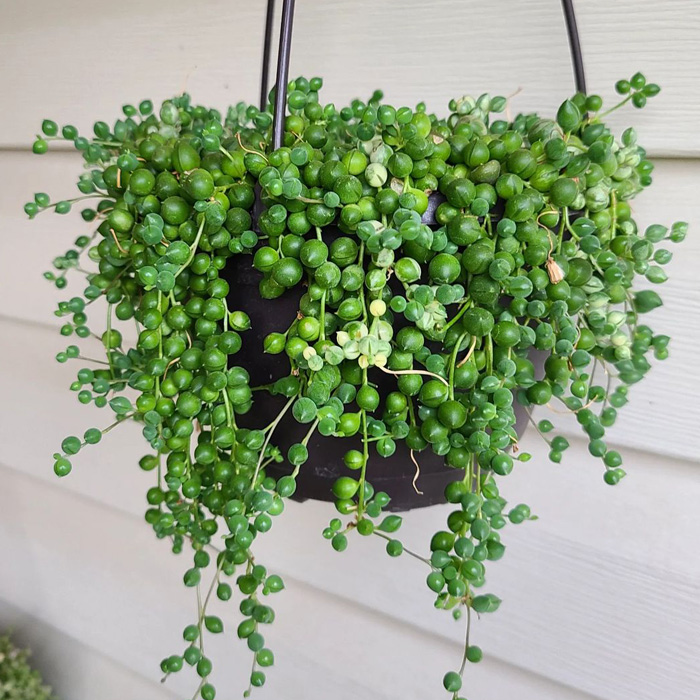
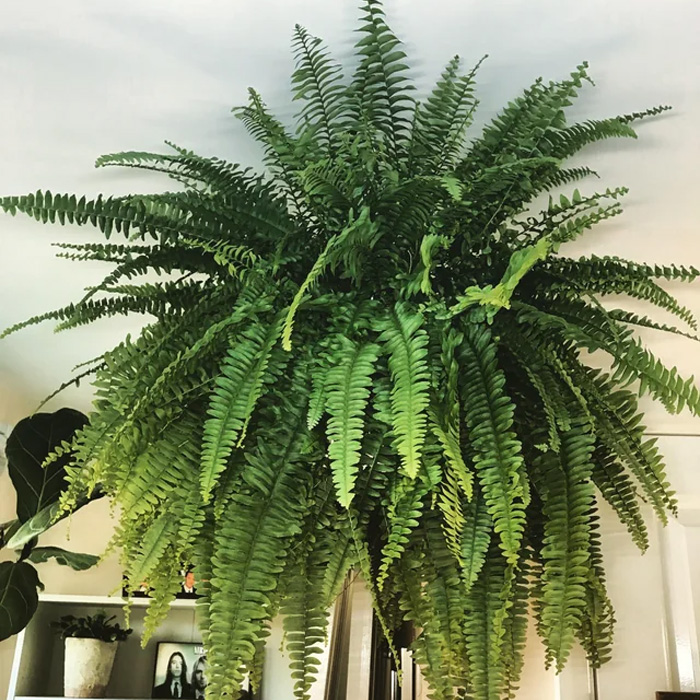
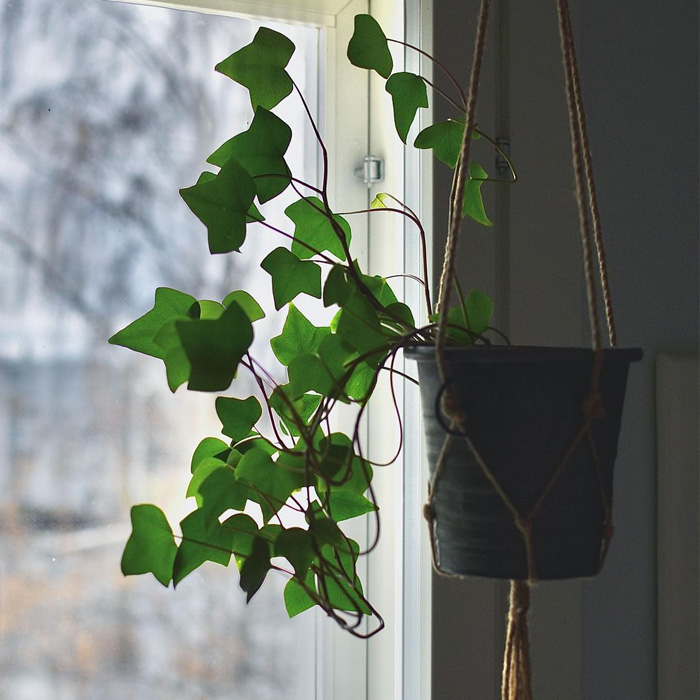
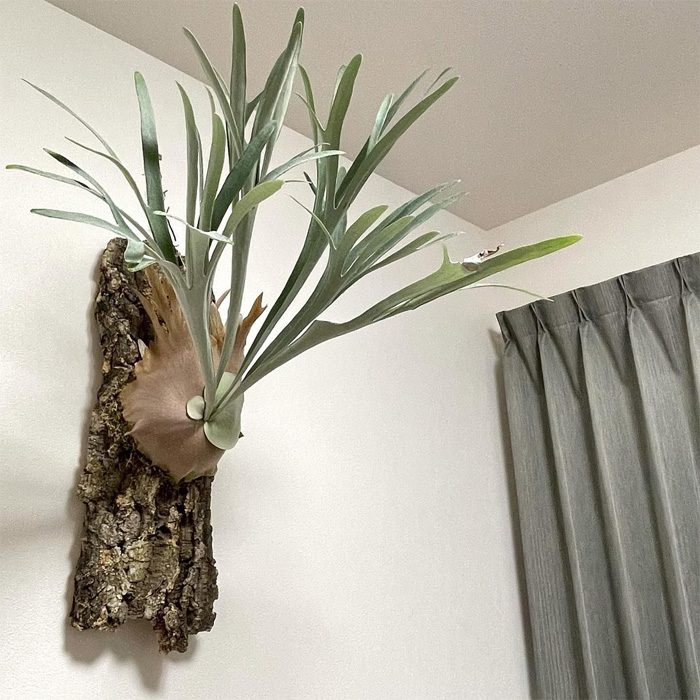
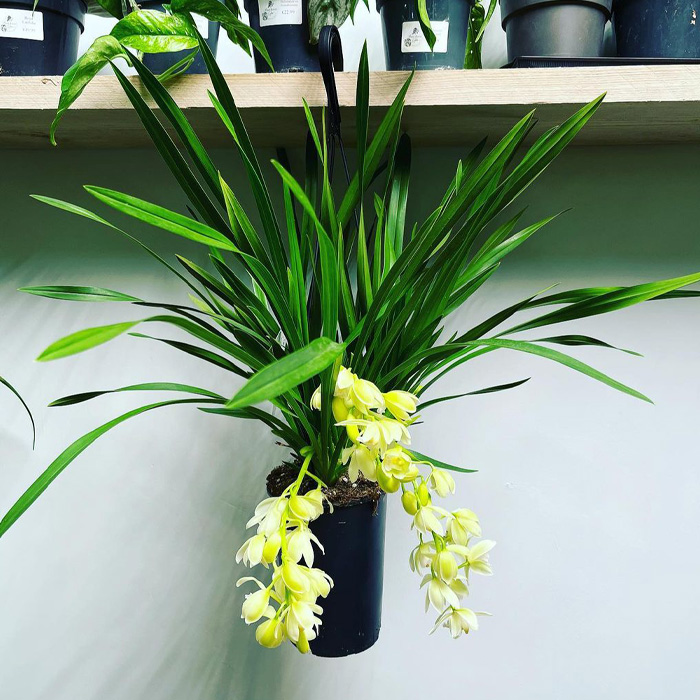
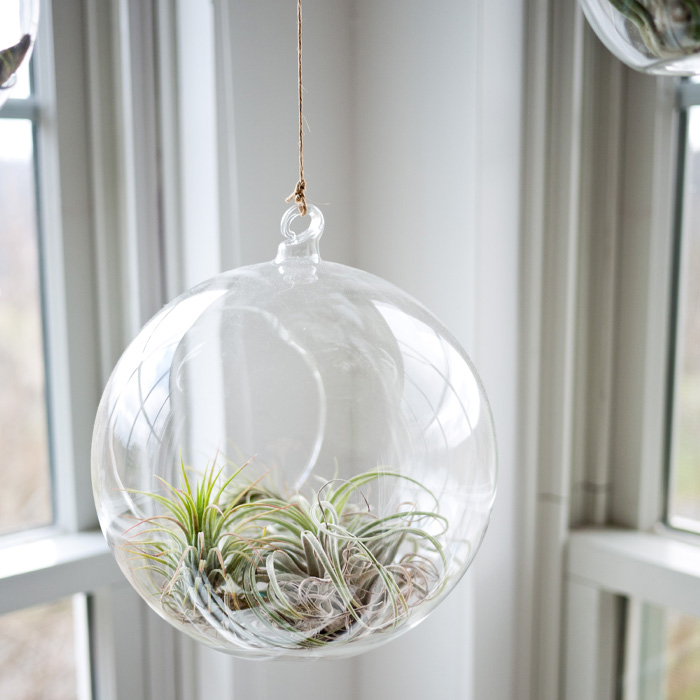
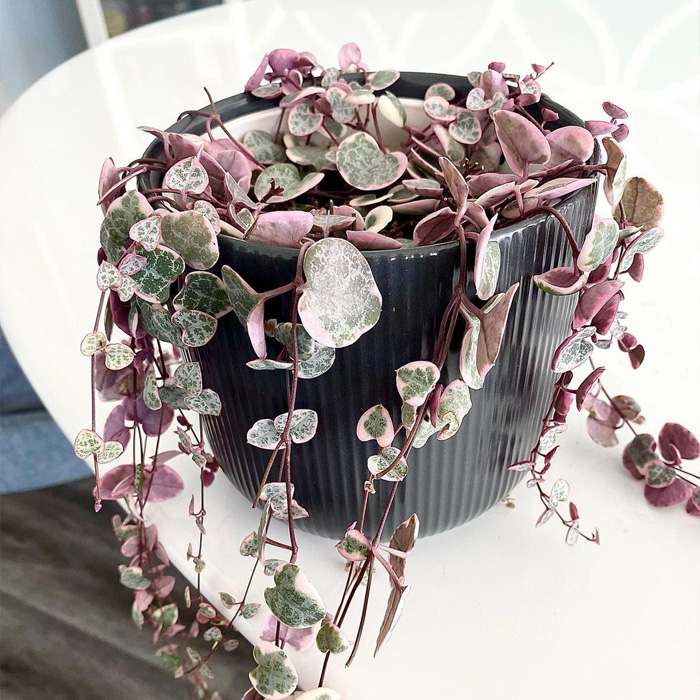
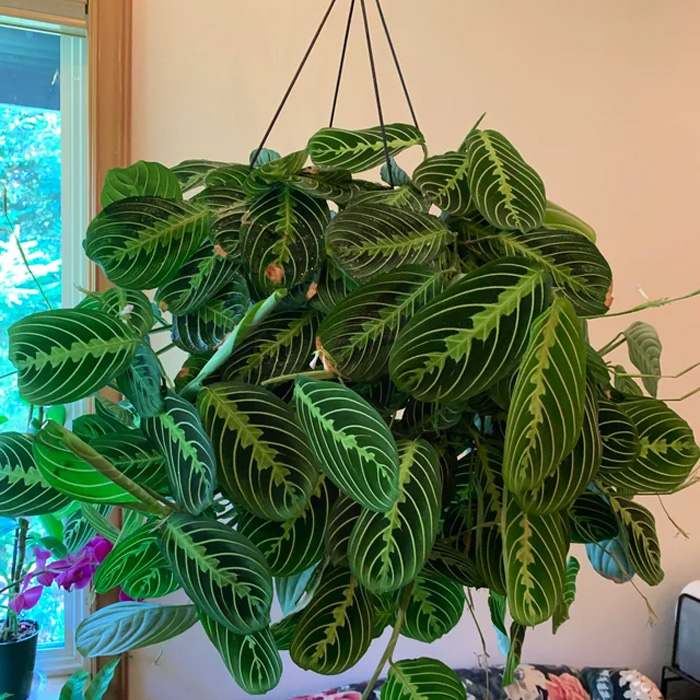
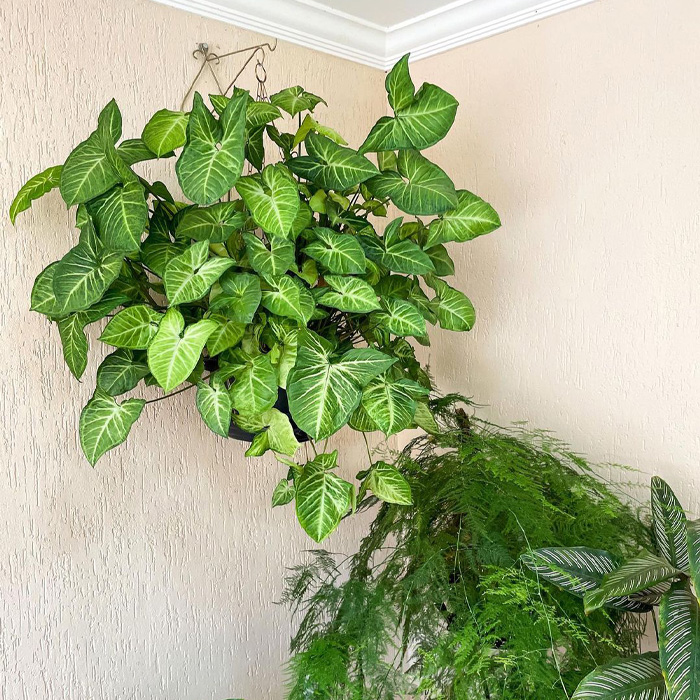
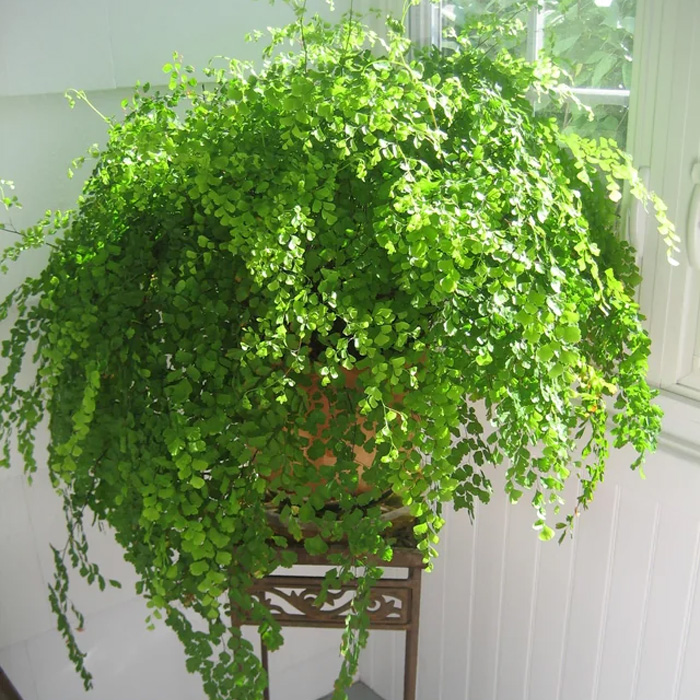
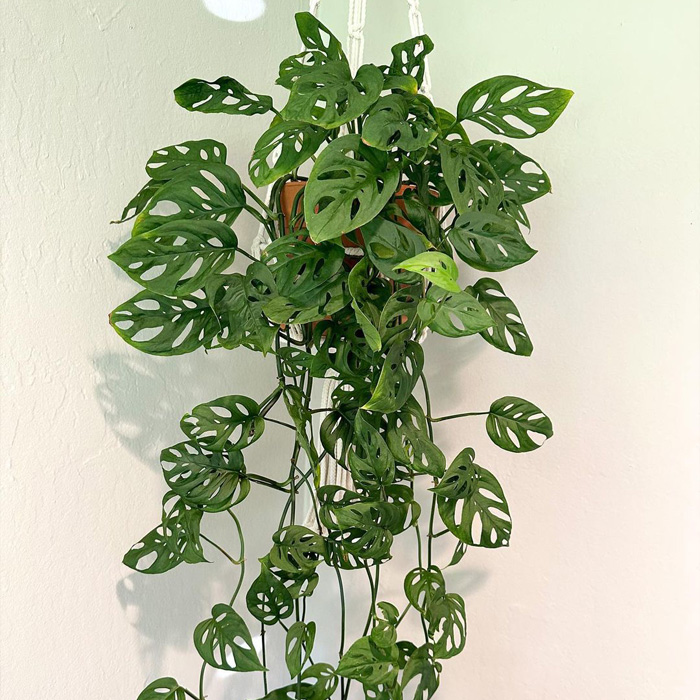
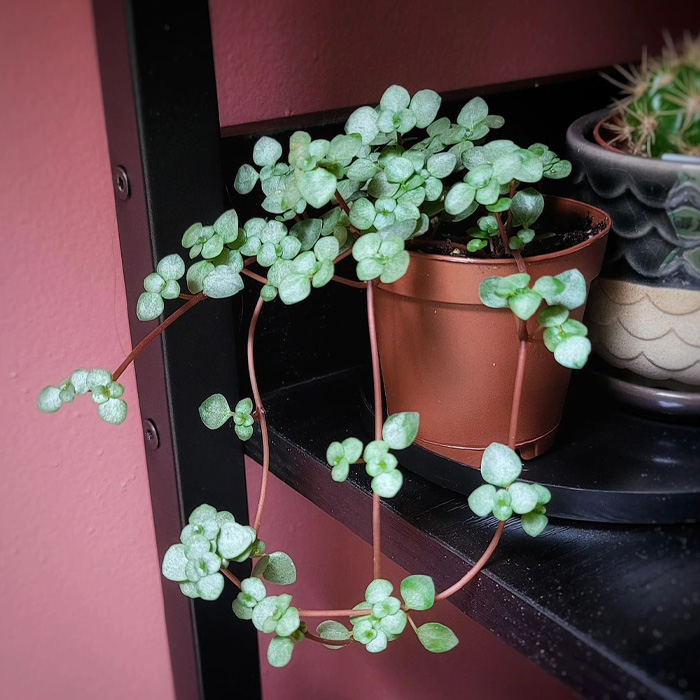
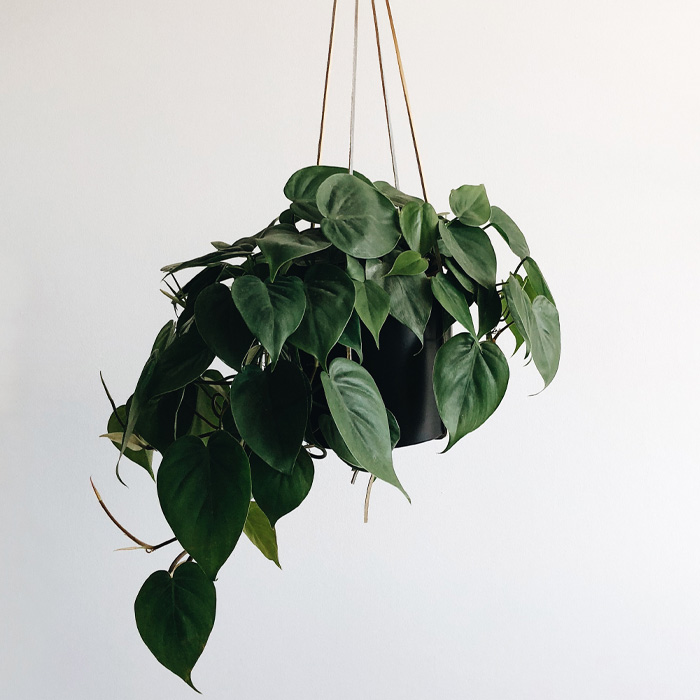
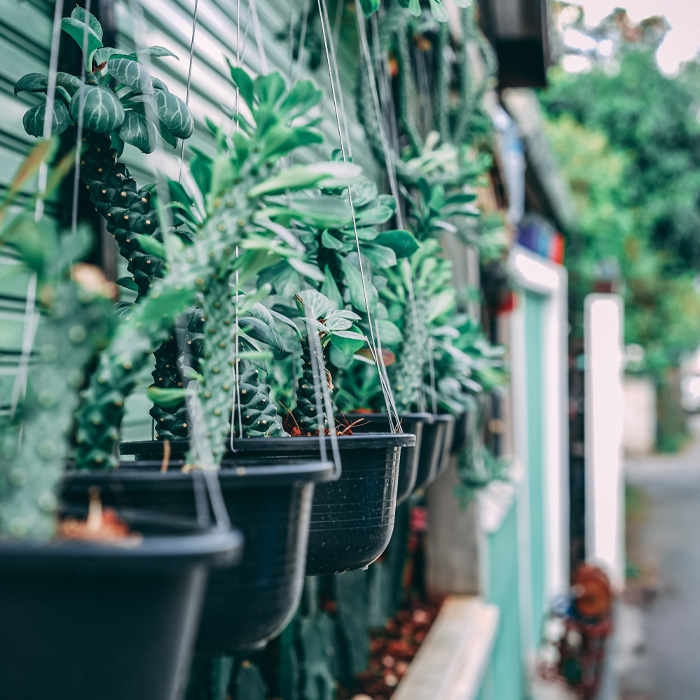




17
3